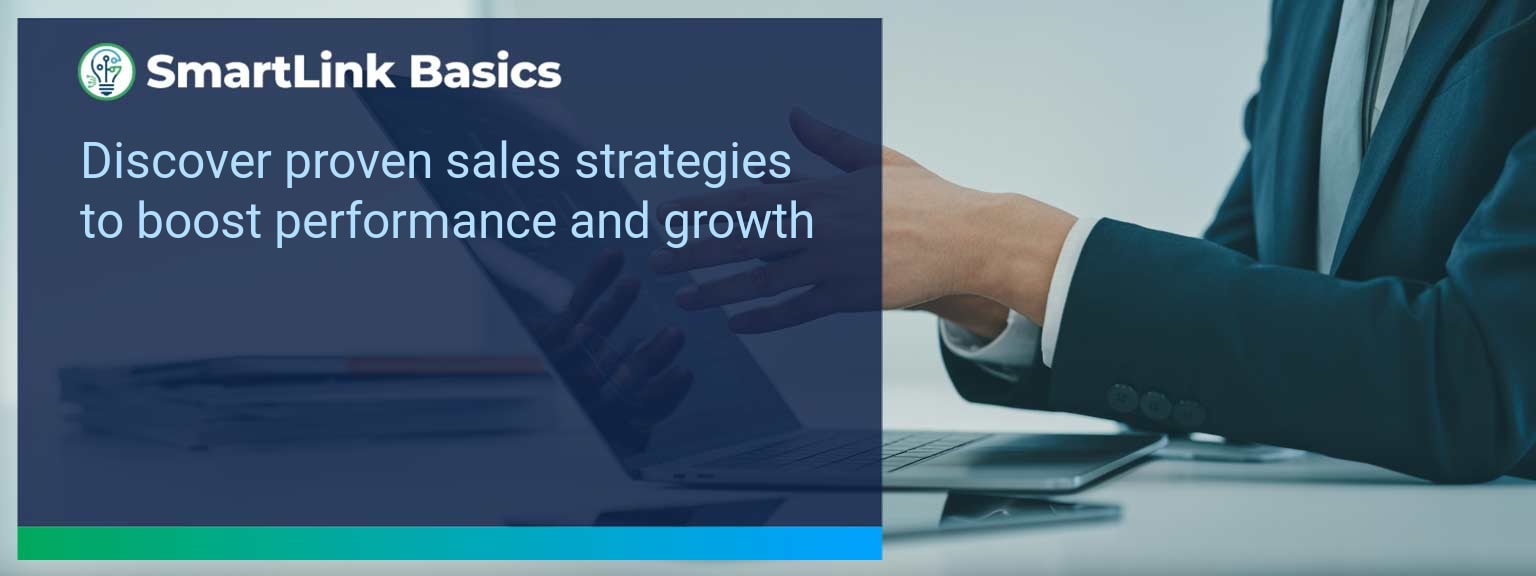Industry data shows that organizations adopting AI-driven automation achieve cost reductions of up to 30% while accelerating sales cycles by 20% or more (McKinsey, 2024). For sales leaders, AI automated workflows now define competitive advantage, enabling teams to reallocate time from repetitive tasks to high-value engagements. At SmartLink Basics, we help decision-makers implement these systems strategically, ensuring they integrate with existing revenue operations. In this article, you’ll see how AI automated workflows power business outcomes, the common obstacles that slow adoption, and practical steps to optimize processes. You’ll walk away with proven examples, a 90-day action blueprint, and measurable KPIs to track results.
- Automate repetitive administrative and CRM updates with AI.
- Integrate machine learning to personalize outreach at scale.
- Streamline approvals, quotes, and contract workflows for speed.
- Use predictive analytics to prioritize sales opportunities.
- Track adoption and performance with targeted metrics.
AI Automated Workflows: What Changed and Why It Matters
AI adoption has shifted from experimental to operational, making automated workflows a standard in high-performing sales organizations. The real advantage lies in combining workflow automation with artificial intelligence workflows to optimize every step of the revenue process. Sales leaders now use AI to synchronize touchpoints, reduce manual inputs, and ensure faster execution. For example, a B2B SaaS leader introduced automated lead enrichment and routing, cutting qualification time by 60%. Actionable insight: Audit processes for time-intensive handoffs and apply AI where repeatability is high.Redesign the Revenue Operating System With AI Automated Workflows
ICP, Segmentation, and Targeting AI-enabled segmentation uses historical wins, firmographic, and behavioral data to dynamically update ICP profiles. This ensures targeting precision without quarterly re-work. Pipeline Architecture Automated workflows push opportunities through the right stages based on engagement signals. AI flags at-risk deals for intervention. Plays and Messaging Integrated automation tools deliver personalized sequences based on buyer activity, increasing relevance at every touchpoint. Operating Cadence AI schedules follow-ups, forecast calls, and account reviews based on actual pipeline movement rather than static calendars. Actionable insight: Implement automation that adapts in real-time to both internal and buyer-driven events.Common Obstacles To Achieving Seamless Automation
The most frequent challenges are fragmented systems, inconsistent data quality, and cultural resistance. Without a unified data layer, automation amplifies errors rather than solving them. Coca-Cola Europacific Partners reported needing a full data governance upgrade before AI could improve sales workflows. Leaders must first assess infrastructure readiness and train teams to trust AI-influenced recommendations. Actionable insight: Before deployment, establish clean data practices and a single source of truth.Implementing AI To Optimize Workflows
Effective deployment of AI process optimization starts with mapping current-state processes, identifying friction points, and matching them with automation tools. For example, automating proposal generation based on CRM opportunity data can reduce turnaround from three days to one hour. Solutions combining business process automation platforms with machine learning integration enable continuous performance improvement. Actionable insight: Pilot in one high-impact stage, measure, and then expand.Tangible Benefits From Automated Processes
The benefits extend beyond time savings — sales leaders gain a scalable system. Tangible outcomes include faster quote-to-close, higher lead conversion, and better forecast accuracy. A manufacturing firm implemented AI-assisted order processing and cut errors by 40%, improving on-time delivery rates. Actionable insight: Track both speed and accuracy to measure workflow automation effectiveness.Metrics That Matter
| Category | Metric | Definition | Target |
|---|---|---|---|
| Leading | Workflow Completion Rate | % of automated sequences executed without manual intervention | 95%+ |
| Leading | AI Suggestion Adoption Rate | % of AI-generated action recommendations executed by reps | 80%+ |
| Lagging | Cycle Time Reduction | Decrease in time from lead entry to closed-won | 20%+ |
| Lagging | Revenue Per Rep | Average sales revenue generated per sales rep per quarter | +15% YoY |
| Quality | Automation Error Rate | % of workflows that trigger incorrect outcomes | <1% |
| Quality | Customer Satisfaction Post-Automation | Average CSAT score after automation implementation | ≥ 4.5/5 |
Innovations And Next Steps For AI Automation
Emerging capabilities like AI-generated playbooks, intent-driven dynamic routing, and integrated AR for virtual product demos are shaping the next wave of sales automation. Companies integrating these tools early will outpace competitors in speed and personalization. Actionable insight: Stay ahead by testing emerging automation features quarterly and aligning them with evolving buyer expectations.Get the 90-day plan, coaching rubric, and dashboard template to operationalize AI in your enablement program.
Turning AI Automation Into a Revenue Multiplier
AI automated workflows are now a strategic lever for predictable, scalable growth. This guide outlined current applications, adoption challenges, a 90-day execution plan, and measurable success criteria. To make automation pay off, sales leaders should integrate tools into one cohesive operating system and review results monthly for continuous improvement. Access more AI-driven sales enablement resources from SmartLink Basics to design a high-performance automation strategy. Sales leaders who consistently elevate their team’s effectiveness achieve more than just revenue gains; they create a culture of performance that sustains long-term growth. At SmartLink Basics, we know that achieving this requires disciplined sales team management, data-informed leadership, and strategic coaching methods that translate into measurable sales performance improvement. This topic matters now because competitive markets demand leaders who can rapidly identify performance gaps, apply targeted leadership in sales techniques, and set clear sales targets that empower their teams. In this article, you will gain a practical framework for implementing leadership strategies that directly influence sales motivation, execution quality, and pipeline conversion — backed by proven structures and measurable results.- Pinpoint performance gaps through consistent sales coaching analysis.
- Apply sales leadership strategies aligned to market demands and team strengths.
- Embed measurable, achievable sales targets into operating cadence.
- Maintain strong sales motivation through personalised recognition and clear progression paths.
- Continuously refine leadership in sales to ensure resilience and growth.
Identifying Gaps In Sales Performance
Elite sales leadership starts with clarity on where performance barriers exist. These gaps may come from weak prospecting tactics, inconsistent sales coaching, poorly defined sales growth plans, or disconnects between strategy and execution. Understanding them demands more than reviewing end-of-quarter results; it requires leading and lagging metric analysis to uncover root causes. For example, a decline in pipeline velocity could stem from messaging misalignment rather than prospect scarcity. When leaders map performance metrics to each stage of the sales process, they create a precise roadmap for intervention. The actionable step is to institute a quarterly diagnostic review that measures prospect engagement, conversion ratios, and deal progression speed.Implementing Targeted Leadership Strategies
Once gaps are identified, sales leadership strategies should focus on interventions linked to the most influential growth levers. This may include restructuring account coverage, refining buyer segmentation, or introducing new plays and messaging that align with your ICP. Consider a sales team targeting mid-market accounts but allocating more resources to enterprise deals without return. Adjusting territory assignments based on data can rapidly lift revenue efficiency. Leaders should pair these structural changes with active sales coaching, ensuring team members understand both the ‘why’ and the execution path.Measuring Growth And Boosting Morale
Measurement must connect strategy to outcomes, balancing financial KPIs with qualitative indicators like morale and skill growth. High-performance leadership in sales integrates these metrics into an operating rhythm that makes successes visible. Public recognition of target achievement and incremental milestones strengthens sales motivation while reinforcing desired behaviors. For example, celebrate the fastest pipeline-to-close improvement in the team, not just top revenue producers.| Category | Metric | Definition | Target |
|---|---|---|---|
| Leading | Qualified Opportunities Added | Count of new opportunities matching ICP criteria | +15% month over month |
| Lagging | Closed-Won Revenue | Total booked revenue in period | Quarterly quota attainment |
| Quality | Sales Call Effectiveness | Ratio of calls advancing to next stage | >60% conversion |
Evolving Leadership Approaches For Continued Success
Markets, buyer expectations, and competitive landscapes shift constantly, demanding that sales leadership strategies also evolve. Leaders should maintain a living sales growth plan that adapts quarterly, incorporating feedback loops from both clients and the sales team. For instance, if buyer decision cycles are lengthening, introducing tailored nurture campaigns and adjusting pipeline forecasts will prevent revenue shortfalls. Adaptive leadership in sales ensures strategies stay relevant without losing alignment with long-term vision.Get the 90-day plan, coaching rubric, and dashboard template to operationalize AI in your enablement program.









